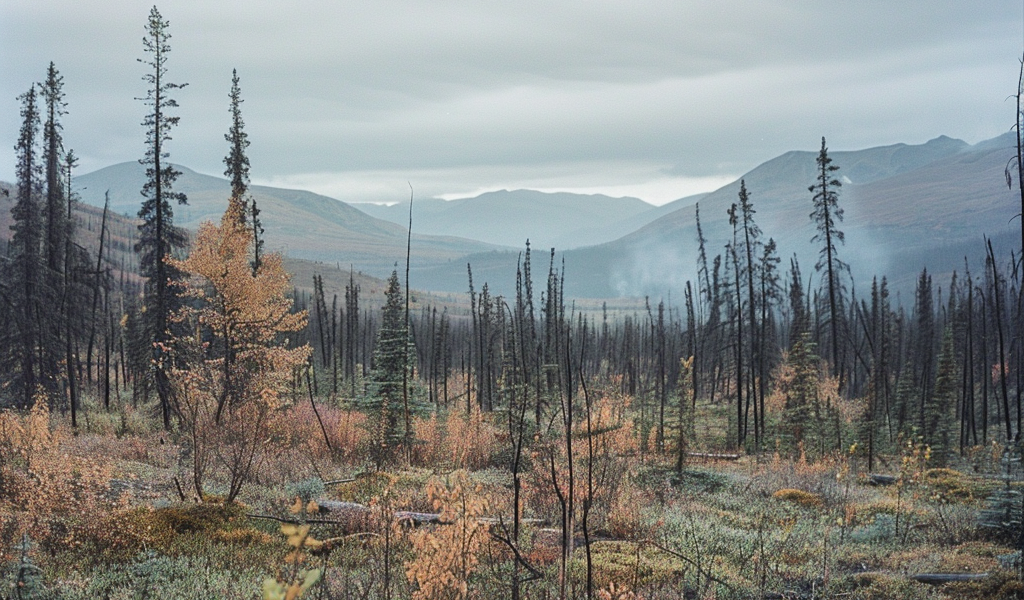Arctic and boreal latitudes are experiencing rapid changes in their ecosystems, with Earth system scientists at the University of California, Irvine shedding light on these transformations. In a recent study published in Global Change Biology, researchers led by Ph.D. candidate Jinhyuk Kim, under the guidance of Professor James Randerson, have highlighted the impact of wildfires on photosynthesis rates in Canada and Alaska.
The study reveals that the increasing incidence of wildfires is leading to the destruction of black spruce forests, known for their slow growth and contribution to the organic layer of soil. Following wildfires, deciduous shrubs and trees such as willow and aspen are taking over these areas due to their higher metabolic rates, allowing them to establish themselves quickly.
Canada witnessed a severe wildfire season in 2023, with over 46 million acres burned. The researchers suggest that these fires could expedite the ongoing changes in northern forests driven by climate change. According to Kim, the post-fire landscapes in some regions are transitioning to faster-growing species instead of the traditional conifer forests, resulting in increased levels of photosynthesis that can last for decades.
While higher photosynthesis rates can aid in carbon dioxide removal from the atmosphere, the researchers caution that the combustion of carbon stored in plants and soils during wildfires may offset this benefit. The study emphasizes the need to understand how wildfires and warming temperatures are influencing land carbon cycling and ecosystem functions in these regions.
To assess the changes in photosynthesis rates, Kim and his team utilized data from the Orbiting Carbon Observatory 2 satellites, which monitor plant fluorescence as a proxy for photosynthesis. This innovative approach provides valuable insights into the evolving dynamics of boreal ecosystems in response to environmental shifts.





